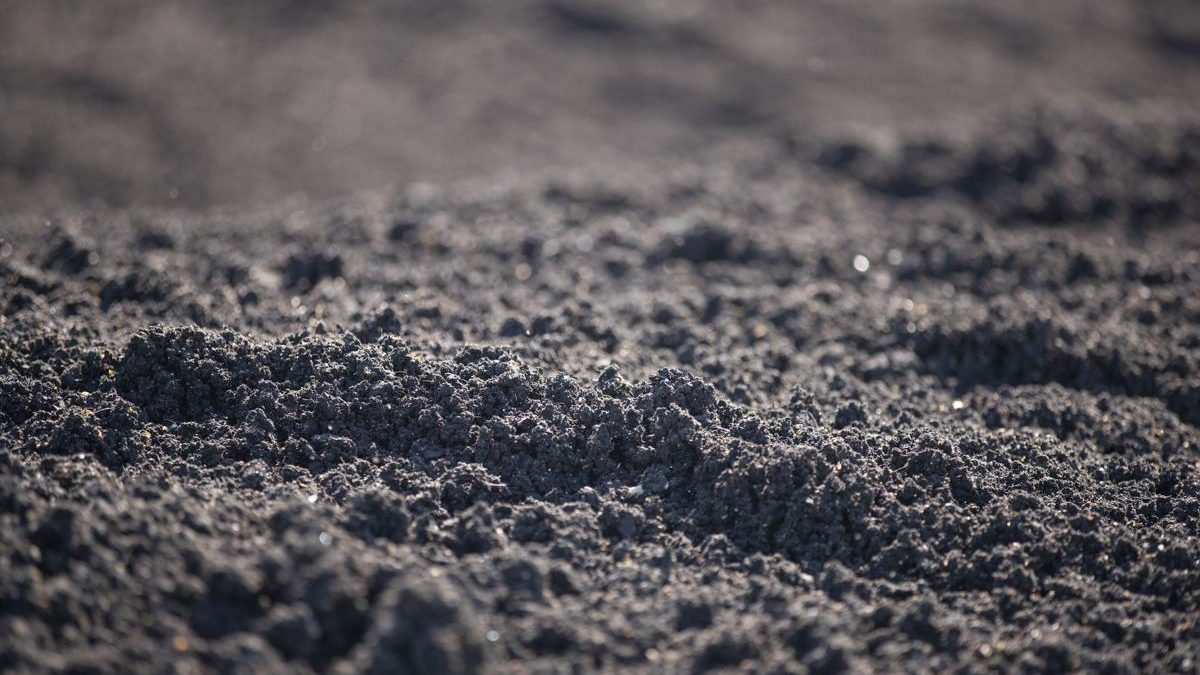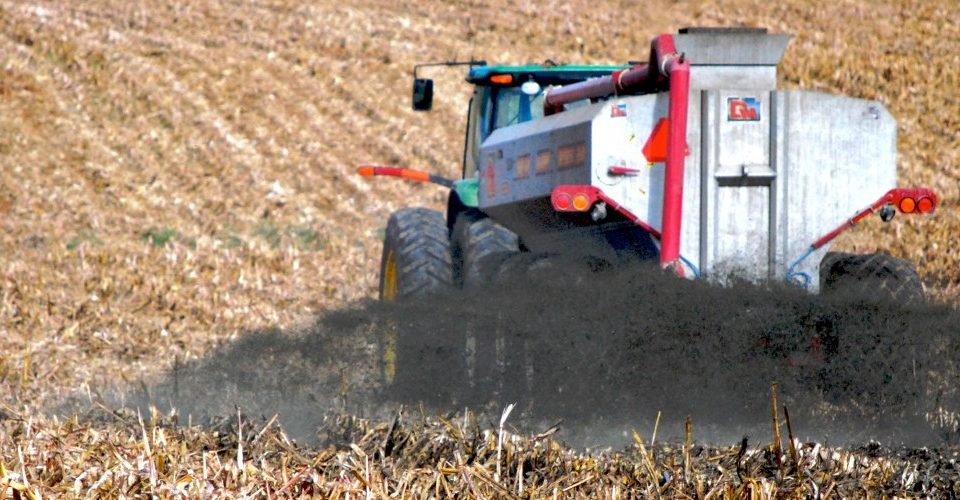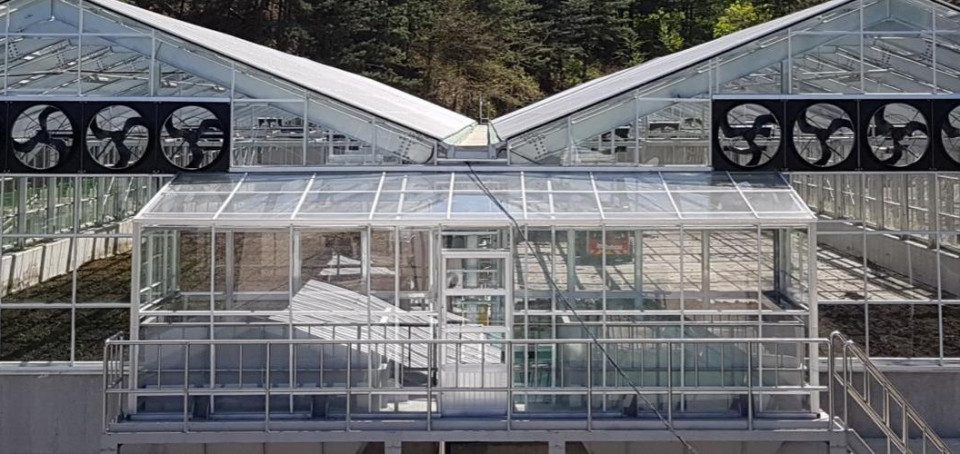Sludge: India’s missed Opportunity

Unique Concept: Germany’s landmark Net 0 Disposal of Sludge
July 17, 2020In a country with over 1.3 Billion people, India lacks basic sanitation facilities for majority of the people around the country. A much acknowledged fact even by state and central authorities. In the absence of treatment facilities we would see a rise in many more infectious and life threatening diseases. For the poor families who do not have enough to eat, often times cannot afford to go to the doctor and suffer due to simple curable diseases like diarrhea. Despite the recent push by the government, there is a still a clear lack of infrastructure to service the wastewater which is either left untreated or partially treated before it is disposed. There is a significant push in infrastructure development for wastewater treatment plants and we shall see the progress report of that in the coming years on whether or not the initiative has been successful after almost 75 years of independence.
All of this still leaves an unanswered question. What happens to all the waste? Wastewater treatment generates huge amounts of sludge. In other countries where there is stringent regulation surrounding both hazardous and biological sludge, India lacks regulation surrounding it. There are measures to control disposal of Hazardous sludge which is still goes unmonitored and to some extent. Biological sludge is still being dumped in open landfills and often mixed with Solid waste which reduces the recyclability factor of both the sludge and the municipal waste. Some small quantities are used by local farmers in some cities, towns and villages have no infrastructure to treat it.
In some cities it is being washed off in open drains leading out to other waterways in the city which means the entire cost of treatment has been forgone at now there more contaminated waterways in the city. The open landfills with wet sludge are also breeding grounds of diseases and other viruses that cause severe illness when exposed to close human contact which is a very common sight in most cities where daily wage labourers are subjected to these living conditions. The emission of Greenhouse gases is another factor that cannot be ignored. Emitting tons of CO2 and Methane into the air, this sludge which could be recycled in to many useful industry alternatives is being wasted.
How do we move forward?
We need to evaluate the need for sludge treatment and the opportunities of recycling this sludge and learn from the lessons of the first world to adapt and take advantage of advanced, tried and tested technologies. India cannot wait for another 75 years to join the journey of sanitation and pushing for a more circular economy. We have too much waste that is growing too fast in volume and diversity. If we do not take immediate steps towards addressing these issues, we will find it increasing more difficult to do with a much higher capital expenditure required. Most first world countries have developed advanced economies from their trash and India is missing out on the opportunity.
Circular economy concepts should not move from concept to reality. We must focus on building infrastructure that can serve multiple goals and not be focused on solving short term problems. Dumping of sludge via open landfilling or wastage via other disposal methods, as stated above is not only causing an economic harm but committing environmental crimes against communities living around them. Ground water contamination and GHG emissions are very significant problems that would need to be addressed to reach the goals of the Paris agreement and create a more sustainable future. With a history of applying bandages to the bleeding infrastructure of the country. It is paramount that we find ways to address these long term issues and take decisive steps towards it. India has already begun its transition and we hope we can realise it soon.





1 Comment
The circular economy is a way to go and good potential to make the country clean and sustainable.